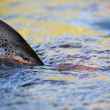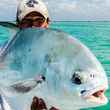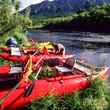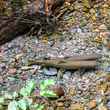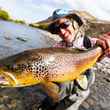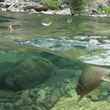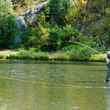Last night, I couldn’t find a campsite in the dark and rain, so I parked and slept in the day-use lot at Barretts Park Campground. When I crawl out of my truck this morning, I’m about two hundred feet from the Beaverhead River, which flows beside a four-hundred-foot-wide and sixty-foot-high rock formation Lewis and Clark called “Rattlesnake Cliff.”
I've been there
by Tim Schulz - Wednesday, Mar 27th, 2024



